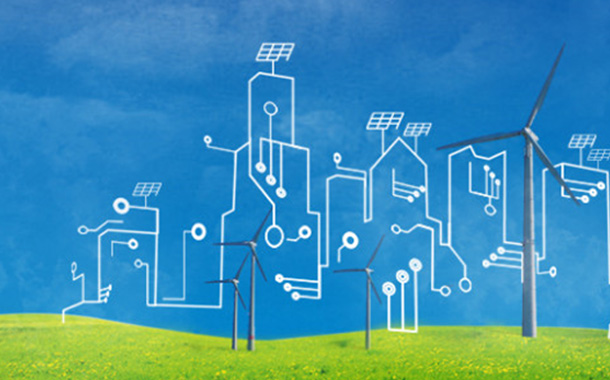Capgemini’s World Energy Markets Observatory report 2017: Renewables growth continue to destabilize the European wholesale electricity markets and key players
Capgemini has published the nineteenth edition of its annual study, which for the first time goes beyond Europe and becomes the World Energy Markets Observatory (WEMO) report, built in partnership with the I4CE, De Pardieu Brocas Maffei and Vaasa ETT teams. The study reveals that progress in the sector’s generation technologies has caused acceleration in the Energy Transition, while related renewables growth continues to destabilize the wholesale electricity markets and key players. The study also highlights a profound change in customer energy usage, behaviors and expectations, with, for example, self-consumption, Smart Homes, Smart Buildings, Smart Plants, Smart Cities and the creation of communities to purchase or manage energy differently. As a result, the financial situation of established Utilities remains challenging. The report encourages Utilities to accelerate their transformation efforts and to leverage increasingly the power of Digital Transformation.
The three main findings of the 2017 edition of the World Energy Markets Observatory report are:
- Rapid evolution of generation technologies makes the renewables penetration unstoppable, thanks to their competitiveness gains, and despite the end of feed-in tariffs in Europe
During the past 12 months, the costs of renewable energies have continued to fall: onshore wind and utility scale photovoltaic (PV) costs are becoming competitive in some countries, compared to traditional electricity generation resources (nuclear, coal, gas). A recent auction for solar PV generation plants recorded a lower cost in sunny Saudi Arabia, with only 17$/MWh. Battery storage costs decreased also by about 20%. The ingredients now gathered favor Energy Transition with limited political intervention.
According to Colette Lewiner, Energy and Utilities senior advisor at Capgemini, “Efforts in R&D and industrialization are boosting renewable energy development, even when considering extra network investments linked to intermittence and energy generation distribution. Today, their intermittency coupled with the absence of pricing reforms, mean the impact of renewable energy on the wholesale markets prices threatens electricity supply and impacts negatively utilities’ finances.”
- Empowered Smart Energy consumers are pushing Utilities to deliver new energy services.
All customers (residential, tertiary or industrial) now expect from their suppliers’ offerings better management of their energy (examples include self-consumption, Smart Home, Smart Building, Smart Plant, electric mobility). With the participation of the customer in energy communities, the way energy is purchased or managed collectively is also now evolving.
For Perry Stoneman, Head of the Energy and Utilities sector at Capgemini, “We observe many Utilities creating new customer divisions that are focused on chasing the Holy Grail: the differentiating services valued by the customer, allowing the development of new revenue streams with better margins. With variations from one country to another, the vast majority of players are moving in that direction, but very few, for the moment, have found the appropriate recipe. Innovation capabilities and agility for a rapid and successful go to market are generally missing.”
- Established Utilities, heavily hit by Energy Transition and customers’ evolving expectations, have started large transformations. It’s now time to accelerate by leveraging Digital Transformation.
Most of the big players have launched transformation plans that they are executing with a particular attention. This is also the case in North-America, where the Utilities’ finances are less challenged than in Europe, thanks to a lower pace of Energy Transition and different market rules. In addition to simplifying their internal processes, these transformation plans generally focus on the downstream business (networks, green energy and customers’ energy services), designing and managing new operations and business models. Gains could also be sought in the generation side of the value chain. Digital technologies are evolving continuously to provide new solutions (for example Robotic Processes Automation, Artificial Intelligence, Internet of Things, or Blockchain were not available a couple of years ago). The value of managed data – Analytics – remains also largely unexploited
The World Energy Markets Observatory is an annual publication by Capgemini that monitors the main indicators of the electricity and gas markets in Europe, North America, Australia and South-east Asia, and reports on the developments and transformations in these sectors. This 19th edition, which is drafted mainly from public data combined with Capgemini’s expertise in the energy sector, refers to data from 2016 and winter 2016/2017. Special expertise on regulation, climate challenges and customer behavior is given respectively by De Pardieu Brocas Maffei, the I4CE – Institute for Climate Economics – and VaasaETT research teams.


